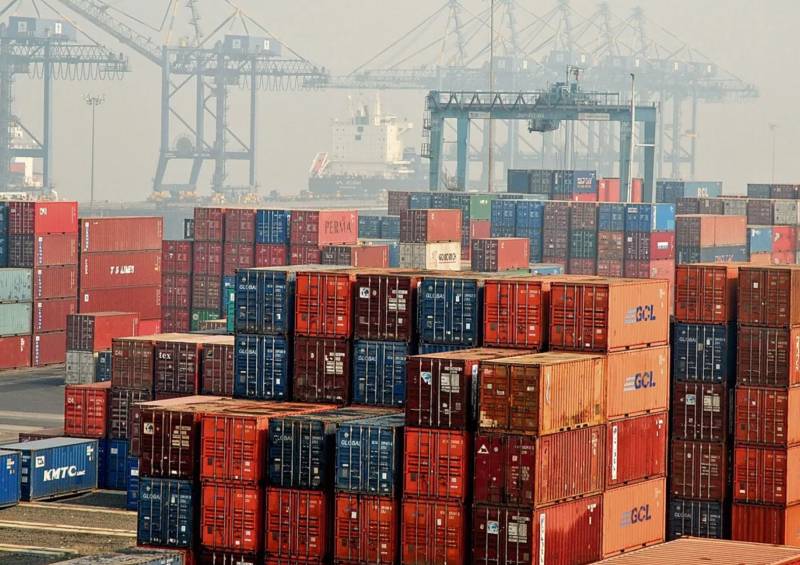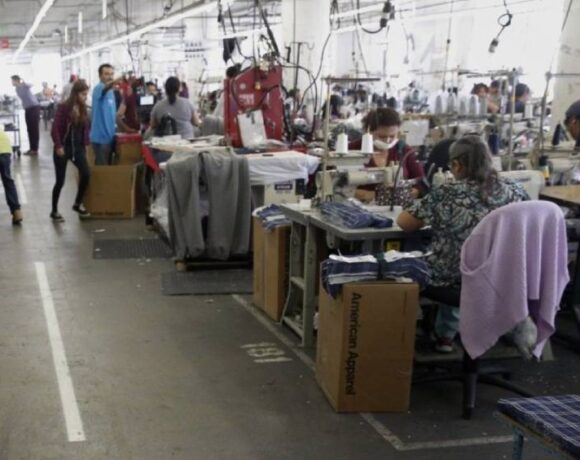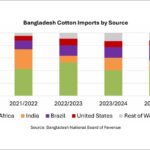FTA With UK Alone May Not Lead To Big Surge In India’s T&A Exports

Even as India and the UK are close to concluding talks on a Free Trade Agreement (FTA), experts and observers in the textiles and apparel sector are of the view that the agreement may not fetch the desired results unless the industry gears up to manufacture right kind of product mix at competitive pricing.
Currently, the Indian manufacturing is primarily focused on cotton-based garments (and that too primarily casual wears), while UK’s T&A import basket is significantly in favour of manmade-based apparel. The experts strongly aver that within MMF, the industry will have to diversify into garment categories like performance wear, active wear, sportswear and other specialised garments which make a big chunk of UK’s import basket.
Experts believe that with a right kind of offering at right pricing, India can significantly boost its apparel exports to the UK once FTA between the two countries is signed. The FTA will enable Indian garment exporters to export to the UK market at zero duty as against around 10 per cent duty at present. Currently, countries like Bangladesh, Sri Lanka and Pakistan export at zero duty and thus enjoy a distinct edge over India.
India’s annual apparel exports to the UK hovers around $1 billion. Overall, the UK imports garments worth around $24 billion annually. India’s total exports basket for garments to the overseas markets stands at around $16 billion, of which around $12 billion is contributed by the US and EU markets. Market observers are of the view that since the UK is one of India’s traditional markets, it would be much easier to expand its share with right product mix as also quality services.
“After several rounds of talks, we are at a very advanced stage of negotiation and hopefully the FTA will be signed soon. This will be a game changer for industry like textiles & apparel, where we are struggling to increase our share in the global market. The UK is a market where India has its presence for long and hence it would be much easier to expand from a smaller base. However, it remains to be seen how as a country we tweak our product mix and cater to that market which is quite conscious about quality and services,” says Prashant Agarwal, Joint Managing Director, Wazir Advisors.
“The India-UK FTA will be a major breakthrough for the Indian T&A sector, which definitely calls for a trigger in the given situation where for the last couple of years the global market has faced multiple headwinds. In the long run, it should have a greater ramification as the industry, backed by schemes like PLI, gets encouraged to invest in newer MMF areas in order to meet a much larger requirement of the global market. While the government is trying to create conducive scenario by putting in place the FTA, as an industry we also will have to gear up to avail the emerging opportunities by creating right kind of product offering,” states Rahul Mehta, past president & chief mentor, Clothing Manufacturers Association of India (CMAI). The Mumbai-based association has recently launched an initiative wherein it is promoting home grown apparel brands in the overseas markets.
“The UK is the 5th largest export destination for Indian T&A products, accounting for about 5 per cent of India’s total T&A products to the world. During the last five years, India’s T&A industry could not achieve the desired growth in the UK compared to its competitors like China, Bangladesh, etc. Duty differences as high as 9.6 per cent (on apparel) have given a major setback to Indian exporters as compared to its competitors like Bangladesh, who enjoy duty-free market access in the UK. The anticipated agreement between India and the UK could help India revitalize its textile exports to the UK by providing a much-needed level playing field and will help India double its T&A exports to the UK in a short span of time. However, the success of the agreement also hinges on addressing certain forthcoming requirements/legislations which can become non-tariff barriers. Feasibility and flexibility in rules of origin would also be essential for fortifying India’s textile sector and expanding its global presence,” states Rakesh Mehra, Chairman, Confederation of Indian Textiles Industry.
“The India-UK FTA talks are moving in the right direction. Both sides have shown serious intent to conclude this deal in a positive manner. The FTA will provide easy access to the UK market and help us grow our exports in a much holistic manner in the long run. As an industry, we have to build up our capacities in a right manner to avail these opportunities in an optimal way,” avers Sanjay Jain, Managing Director, TT Ltd.
“The FTA with UK could be a big trigger to infuse momentum into our exports. However, for that to happen, we will have to be competitive in the global market. As an industry and supplier, we still don’t have the right kind of scale, as also the offering. It is high time that we look into these issues in a more concerted manner,” says Updeep Singh, Textile Industry Expert.
“While textiles, apparel, footwear, agricultural products and certain other items stand to benefit from tariff reductions, substantial growth in Indian exports to the UK will ultimately hinge on product quality improvements rather than the FTA alone,” says a Global Trade Research Initiative (GTRI) report.
The report further adds that signing an FTA alone may not lead to a substantial increase in India’s labour-intensive goods exports. For instance, India’s textiles and apparel exports to Japan did not see significant gains from the FTA. From 2007-09 to 2019-21, India’s exports to Japan grew from $257.7 million to $368.6 million, a cumulative growth of 43.1 per cent, while India’s global exports grew by around 67.9 per cent during the same period. The modest increase in exports to Japan may be attributed to natural growth factors rather than the FTA.
There are 26 chapters in the FTA, which include goods, services, investments and intellectual property rights. The Indian industry is demanding greater access for its skilled professionals from sectors like IT and healthcare in the UK market, besides market access for several goods at nil customs duties. On the other hand, the UK is seeking a significant cut in import duties on goods such as scotch whiskey, automobiles, lamb meat, chocolates and certain confectionary items.
UK exports face stiff tariffs in India, particularly items like cars, Scotch whisky and wines. The FTA could lead to tariff reductions on these goods, potentially opening new opportunities. However, India’s reluctance to cut tariffs in certain sectors like dairy due to political sensitivities highlights the need for selective import opening to enhance domestic quality. Indian tariff on British cars is 100 per cent and on Scotch whisky and wines it is as much as 150 per cent. The simple average tariff in India on goods imported from the UK is 14.6 per cent.
The bilateral trade (overall) between India and the UK increased to $20.36 billion in 2022-23 from $17.5 billion in 2021-22.














